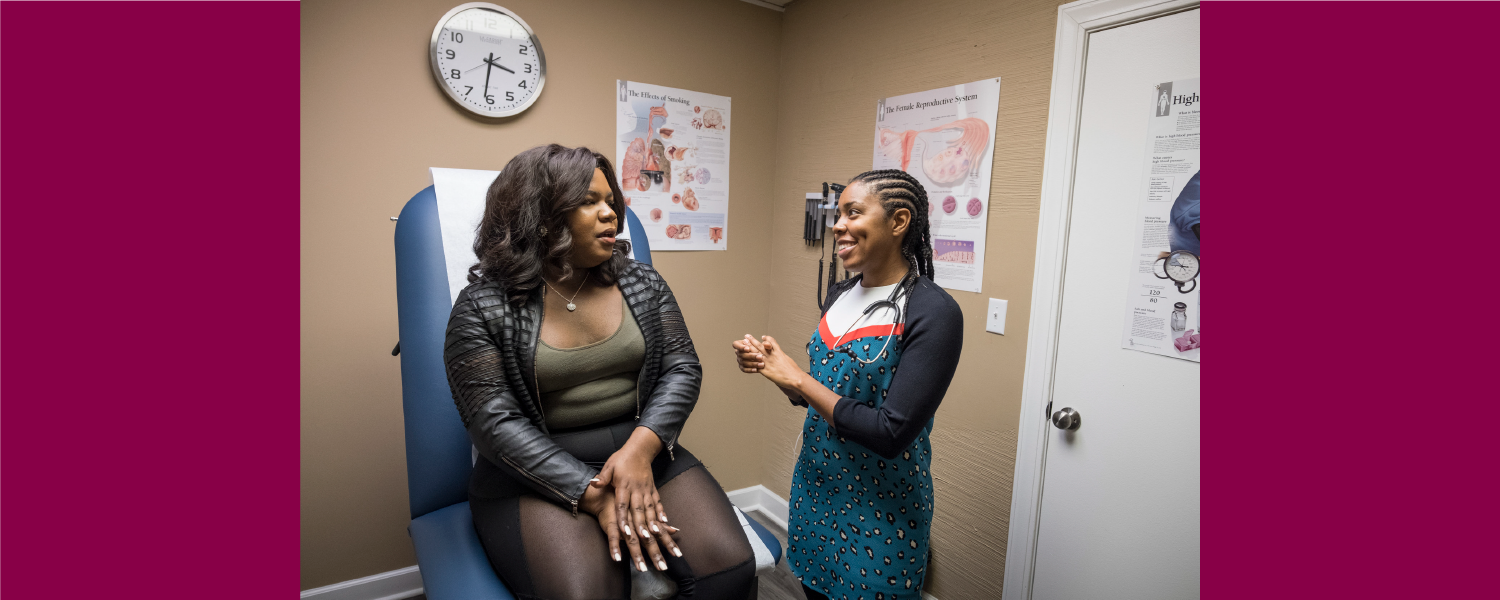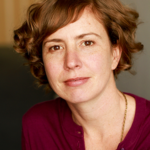Photo by Nina Robinson/The Verbatim Agency/Getty Images
By Melanie Zurek, EdM
This post was originally published on HuffPost in February 2014.
Abortion access is a difficult topic in this country, one that’s often overwhelmed by talking about legislation and politics rather than its role as part of women’s basic healthcare. Although scarcity of abortion providers is a large problem, an even larger issue is the widening disparity in access along lines of wealth and geography: while a privileged woman in a coastal city has her choice of providers, a poor woman in the South may have only a single provider in her state. This makes abortion harder to access for exactly those women who already face disproportionate burdens for no reason other than where they live and how much money they have. It calls upon us to do better.
As abortion services become scarcer and barriers increase, locating and accessing abortion care requires increasing levels of assistance and support, especially for women dealing with poverty and difficult life circumstances. Health and social service providers working in a variety of settings are a core part of a woman’s network of care and possess a vital interest in and capacity to provide this support, but too often these groups are neither prepared nor expected to be able to talk with a woman about unintended pregnancy and abortion.
Limiting discussion of abortion to only a handful of specialized settings diminishes women’s ability to access care and reinforces the stigma of abortion, which negatively impacts both abortion patients and abortion providers. This is especially true in communities that lack a sufficient number of abortion providers, including rural communities and many states in the Midwest and South.
While many providers are uncomfortable or unable to directly deliver abortion care, doctors, nurses, social workers, case managers, and counselors can all play an important role talking to women facing an unintended pregnancy and connecting them to care — a role they already play around dozens of other needs women face. This not only helps women access care, but also reduces the burdens of stigma and isolation and builds a more supportive environment as it shifts the focus away from the politics of abortion and onto the woman.
Provide has produced a short video call to action called “Talk to Her” in support of this goal. Our vision is that all women can count on the support of their existing care providers when it comes to unintended pregnancy and abortion.
We know, from our past experience with health and social service systems, and from the evaluations we’ve conducted over three years of inaugural trainings, that providers are eager to help the women they serve make their own best decisions. As one 78-year-old Executive Director of a rural domestic violence shelter said when asked how her work would be affected by Provide’s training: “The outcome of an unintended pregnancy isn’t up to me, but supporting the client with complete, accurate information is.” Another participant wrote, “I need to be conscious about checking my values at the door. A third said, “It’s helpful to understand my own opinions on all of the options discussed and to learn how to avoid projecting my views onto my patients.”
If Provide’s vision of integrating abortion into all healthcare and social services and engaging new players seems radical or unnecessary, it’s largely because the movement has for too long focused on clinics and abortion providers as the only loci for addressing reproductive decisions and on legislation as the primary platform for preserving women’s autonomy. We can see in the current state of diminishing access that it is neither fair nor realistic to rest reproductive health and autonomy on these shoulders alone. It’s time to introduce new avenues for participation and engage a broader cross-section of the health community in supporting access to abortion care.


